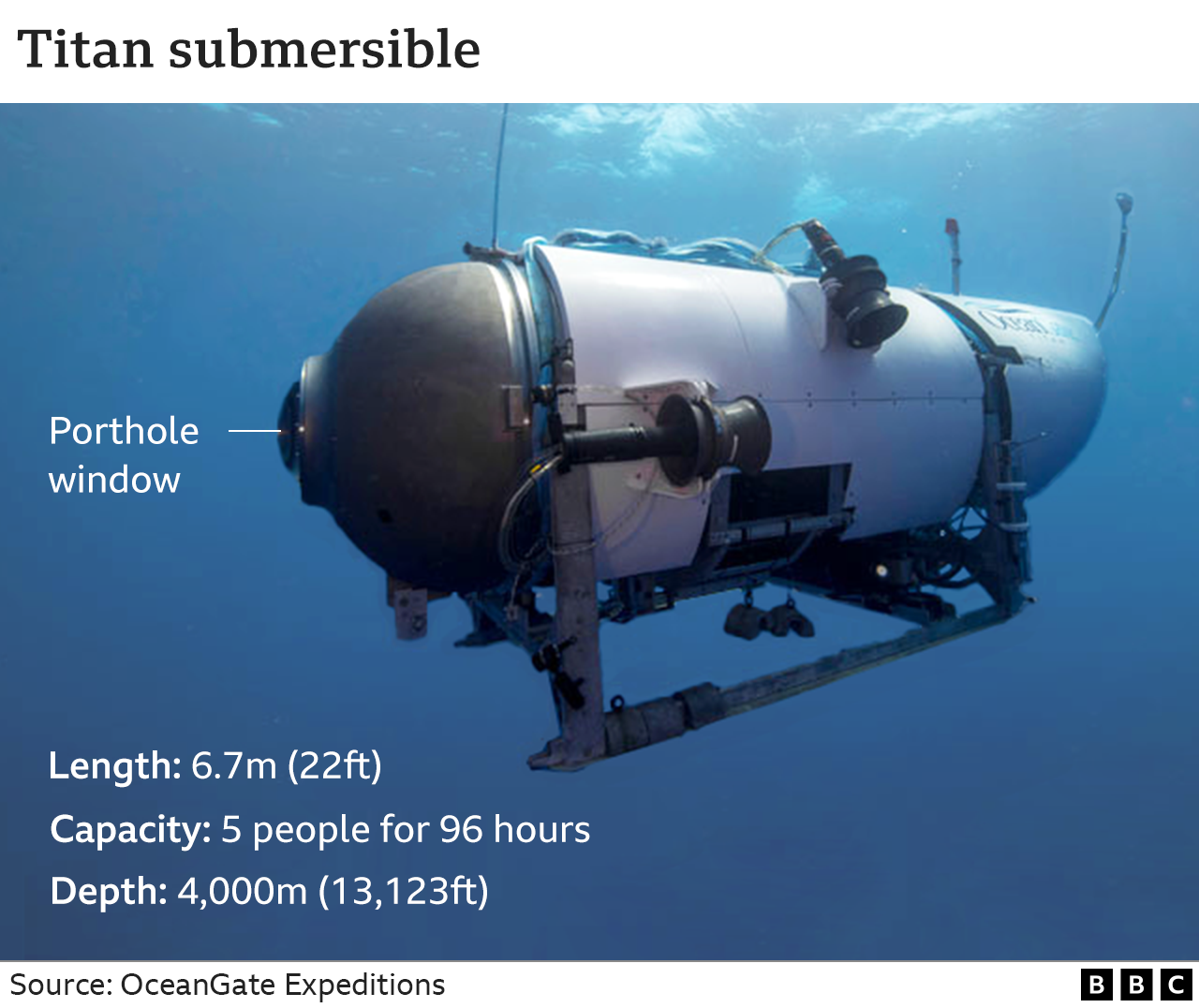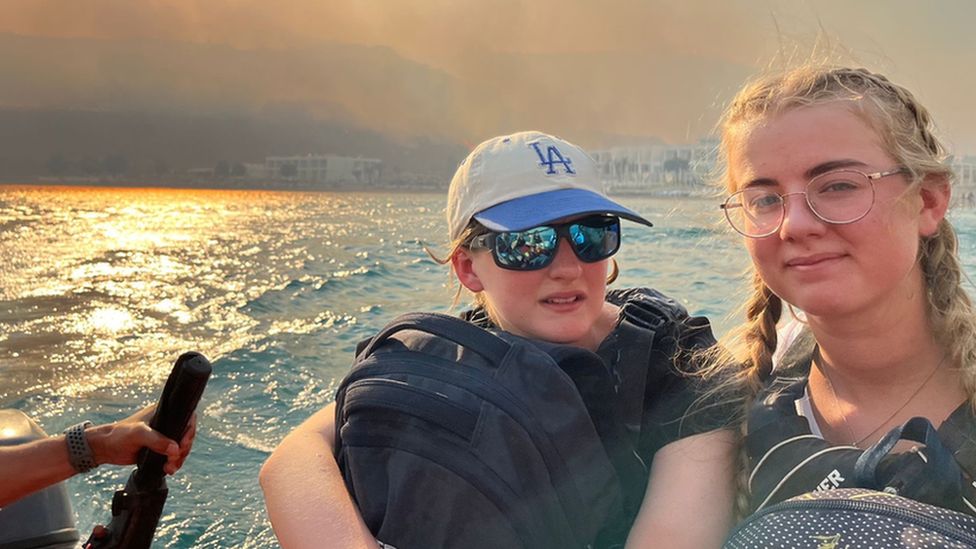After a submarine exploring the Titanic wreck went missing on Sunday, a significant search and rescue operation is currently underway in the North Atlantic.
An hour and forty-five minutes into the dive, the Polar Prince research vessel lost contact with the Titan crew. The sub is thought to have between 70 and 96 hours' worth of emergency oxygen, according to the US Coast Guard.
Governmental organizations have joined the rescue effort, and tour operator OceanGate stated that it was looking into every possibility to return the crew safely. Here is what we currently understand.
On Sunday morning, The Polar Prince made a close approach to the Titanic wreck in the Atlantic Ocean. They planned to begin the dive in the submersible at 05:00 local time, according to a Facebook post by Titan passenger Hamish Harding.
The five-member crew "submerged Sunday morning, and the crew of the Polar Prince lost contact with them approximately one hour and 45 minutes into the vessel's dive," the Boston Coast Guard, which is in charge of the search operation, wrote on Twitter.
At the time, the Titan submarine was believed to be 900 miles (1450 km) off the coast of Cape Cod.
The Coast Guard has sent two C-130 Hercules aircraft, along with a Canadian C-130 and a P8 aircraft with underwater sonar capability, to search for the submersible on the water's surface.
Rear Admiral John Mauger of the US Coast Guard told Fox News that they would require additional knowledge to save the submerged vessel and that they were seeking assistance, including from the US Navy.
According to the Canadian Defense Department, the Kopit Hopson of the Canadian Coast Guard was assisting in the search in addition to the aircraft.
Only one name of the five people aboard the Titan has been confirmed: Hamish Harding, a 59-year-old British billionaire entrepreneur and explorer. .
In June of last year, Mr. Harding made his initial announcement that he would be joining the team. He noted that the crew of the ship includes "a couple of legendary explorers, some of whom have done over 30 dives to the RMS Titanic since the 1980s.".
He is the chairman of Action Aviation, a global business aviation sales and operations company with its headquarters in Dubai, United Arab Emirates.
The sub "had a successful launch and Hamish is currently diving," his company wrote on Twitter on Sunday.
A spot on OceanGate Expeditions' eight-day expedition to see the well-known wreck, which is located 3,800m (12,500ft) below the surface at the bottom of the Atlantic, costs guests $250,000 (£195,270).
The site is located about 800 meters (2,600 feet) apart at the bow and stern, 600 kilometers (370 miles) off the coast of Newfoundland. The shattered ship is surrounded by a vast field of debris.
According to reports, a complete dive to the wreck, including the descent and ascent, takes eight hours.
According to OceanGate, each expedition lasts eight days, and every dive is intended to have a scientific goal, such as examining the wreck's deterioration.
According to the company's website, the first dive occurred in 2021.
The Titan is a five-person submersible that can travel at three knots, or about three and a half miles per hour, and is designed to dive to depths of 4,000 meters (2 point five miles).
In addition to transporting divers to the Titanic wreck, it is used for site surveying, inspection, research, data collection, the production of films and media, and deep sea testing of hardware and software.

The Titan, according to the manufacturer, is "equipped with cutting-edge lighting and sonar navigation systems as well as internally and externally mounted 4K video and photographic equipment.".
The five-person submarine has a system for real-time hull monitoring, according to the OceanGate website.
It has sensors that analyze how changing pressure affects the sub as it dives in order to judge the structural integrity.
The onboard health analysis monitoring system, according to the company, "provides early warning detection for the pilot with sufficient time to arrest the descent and safely return to surface.".
In order to see the Titanic wreck last year, CBS, the BBC's US partner, sent one of its reporters on a trip with the same company.
The submersible, according to David Pogue, who traveled on board, was a "experimental" vessel that "has not been approved or certified by any regulatory body, and could result in physical injury, disability, emotional trauma, or death.".
He was then given a tour of the submersible by OceanGate CEO Stockton Rush, who revealed that it has just one button and is controlled by a video game controller.







